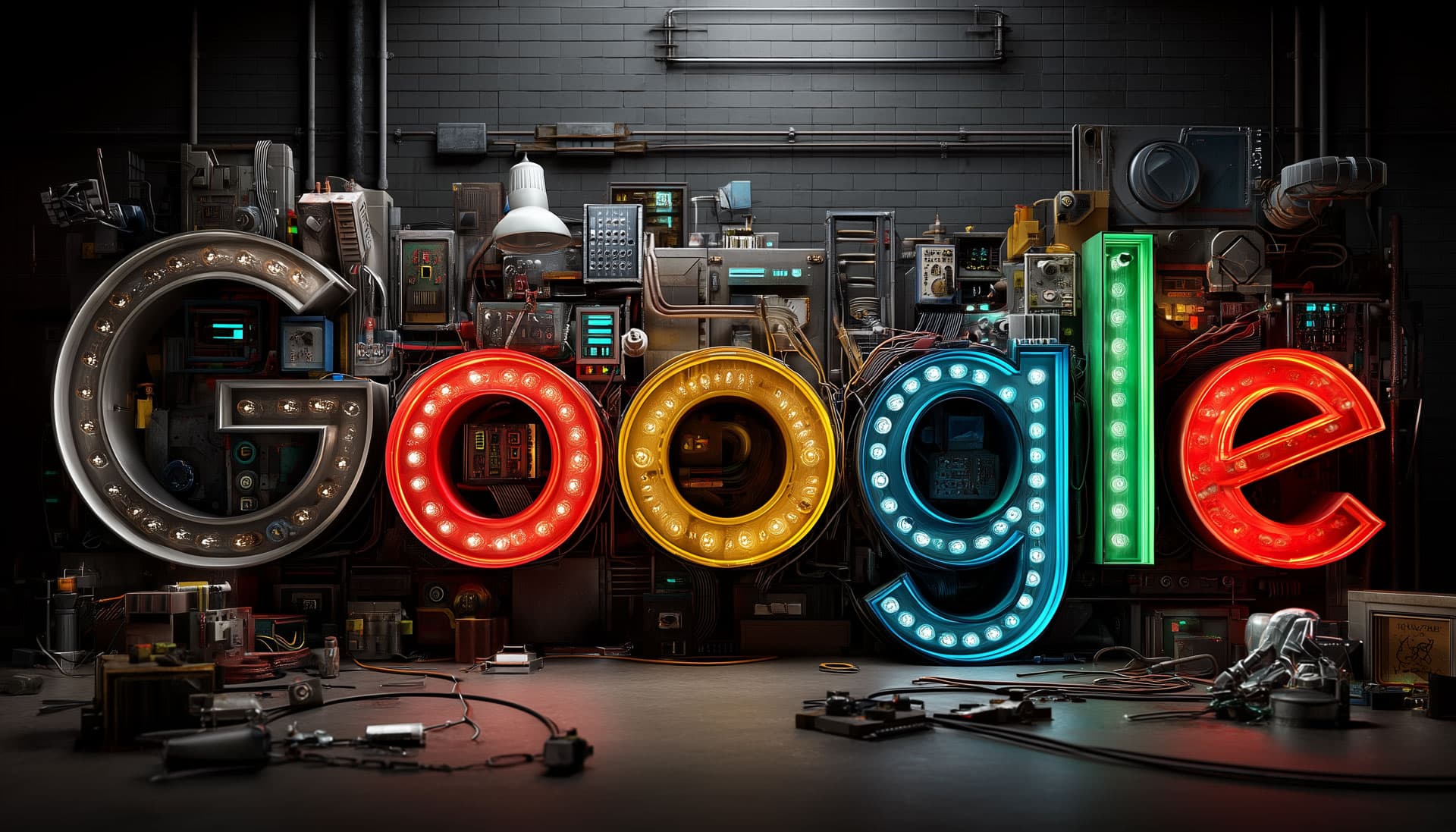We're loading the full news article for you. This includes the article content, images, author information, and related articles.
Google has unveiled Beam, the rebranded version of its Project Starline 3D video telepresence system, developed in partnership with HP to create lifelike holographic video calls using advanced AI and light-field displays.

Google today announced “Beam,” its reimagined 3D video telepresence system built upon the foundations of Project Starline, a moonshot initiative first revealed in 2021. Beam represents a significant leap forward in immersive communication, using advanced AI-driven volumetric video to create life-sized, holographic representations of participants in real time.
Beam’s core innovation lies in its ability to simulate physical presence, enabling users to maintain natural eye contact, interpret body language, and perceive depth and spatial cues with uncanny accuracy—elements often lost in conventional video calls. Google described the experience as feeling more like a face-to-face conversation than a screen-mediated one.
This is made possible through a high-resolution light-field display and a sophisticated array of depth-sensing cameras and microphones, capturing participants from multiple angles to reconstruct them in 3D.
The first dedicated Beam hardware unit will be co-developed with HP, a major strategic partner in Google’s enterprise collaboration push. The device will include multiple 3D capture cameras and a custom-designed display capable of rendering highly detailed volumetric visuals without the need for headsets or wearables.
Google stated that HP’s hardware expertise will help bring Beam to a broader commercial audience, with particular focus on corporate boardrooms, remote design teams, and cross-border enterprise collaboration.
To streamline deployment across existing work ecosystems, Google is actively working with communication platforms like Zoom to integrate Beam capabilities. This will allow companies already relying on Zoom for virtual meetings to tap into Beam’s immersive telepresence layer without abandoning familiar workflows.
Google aims to begin limited enterprise rollouts later this year, targeting high-value use cases in design, healthcare, and remote executive communications.
By bridging the sensory and psychological gap that exists in typical video calls, Beam aims to redefine expectations around remote communication. As hybrid work becomes more entrenched in global enterprise culture, Beam presents a potential future where virtual presence feels authentic and deeply human.
This launch reinforces Google’s ambitions to lead not only in AI and cloud services, but also in the hardware and immersive media technologies that will define the next era of digital collaboration.
Keep the conversation in one place—threads here stay linked to the story and in the forums.
Other hot threads
E-sports and Gaming Community in Kenya
Active 7 months ago
Popular Recreational Activities Across Counties
Active 7 months ago
The Role of Technology in Modern Agriculture (AgriTech)
Active 7 months ago
Investing in Youth Sports Development Programs
Active 7 months ago